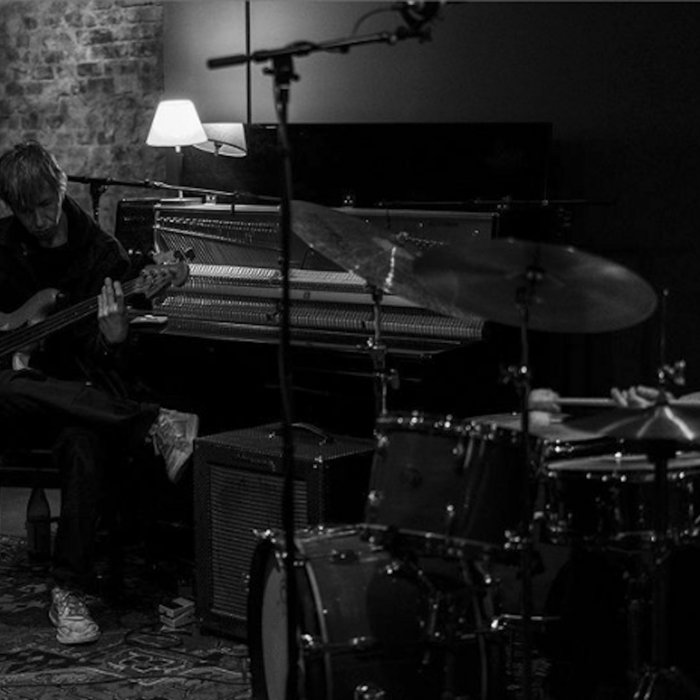
'Mu' Sessions – 21st April 2022 – Second set – leonbrichard
this blog is GROOVY – check out great Soul, Funk, Jazz, Hip Hop, Bass, Breaks , Reggae, House n many more TUNES
Hey there, music lovers! Buckle up because we’re diving into the vibrant and colorful universe of Post-Jazz. What’s that, you ask? Well, pull out your favorite vinyl and let’s explore this intriguing genre that emerged from the cracks of jazz, bringing with it a whole lot of funky surprises!
Before we get groovy with the history, let’s break down what we’re talking about here. Post-Jazz isn’t just a single sound—oh no! It’s an eclectic mix that combines traditional jazz elements with various genres like rock, hip-hop, electronic music, and even classical influences. It’s like a musical smoothie where you toss in all sorts of flavors for one delightful sip.
Jazz itself has been swirling around since the early 20th century—think Louis Armstrong blowing his trumpet in New Orleans or Duke Ellington tickling those ivories at the Cotton Club. Fast forward through time to the mid-20th century; jazz starts branching out into different styles—Bebop, Free Jazz…you name it!
But as musicians began experimenting more freely in the late 20th century (we’re talking about folks jamming hard), they started thinking outside traditional structures. This laid down some seriously funky groundwork for what would become known as Post-Jazz.
The term “Post-Jazz” really took off in the late ’90s and early 2000s when artists like Brad Mehldau, Takuya Kuroda, and Flying Lotus began mixing genres like crazy—jamming over beats influenced by hip-hop while still keeping that jazzy swagger alive. They weren’t following rules but rather bending them until they snapped!
Let’s sprinkle in some names here because these cats were shaking things up:
Robert Glasper: Oh man! This guy took home Grammy awards not once but multiple times! How did he do it? By blending R&B vibes with traditional jazz—a recipe for success!
Kamasi Washington: With his epic three-hour album The Epic, Kamasi didn’t just shake hands; he threw an unprecedented party where everyone was invited.
These artists represent how post-jazz stretched its arms wide open to embrace other cultures and styles.
Now here’s where things get lighthearted; life on tour can be wacky:
Robert Glasper once accidentally played piano over a friend’s phone call during a gig! Imagine someone trying to have a serious chat while their buddy slaps some sick rhythms behind them.
Kamasi Washington‘s saxophone is so big people joke it’s actually a small car! Those high notes require muscle power; plus he’s got space for snacks inside when you’re on long tours!
Some post-jazz musicians will tell you that rehearsals often turn into full-on karaoke sessions—with lots of laughter AND questionable singing skills being showcased!
Did you know that Flying Lotus used to create music using video game consoles before striking gold? Yep! Talk about leveling up your art while smashing Goombas.
And then there’s Nils Frahm who famously forgot his keyboard at one performance but ended up giving one heckuva concert using only synthesizers found backstage—and guess what? Everyone loved it!
As we hugged our way through modern technology—the digital age opened doors galore! Nowadays access to creation tools means anyone can dip their toes into post-jazz waters without needing fancy studios or million-dollar budgets.
YouTube channels popped open showcasing young prodigies who weave together street sounds with smooth sax lines or DJ sets filled with intricate percussion solos—all under that umbrella called post-jazz!
Notably cool collaborations between established figures (like Herbie Hancock) sharing stages alongside fresh faces are key contributors pushing boundaries further every day—even now they’re chewing on influences from global traditions across continents aiming straight towards celebrating diversity in sound #LoveEachNoteBaby!!!
So there you have it—the crazy ride from classic jazz roots winding its way through experimental highways right onto today’s brave new world defined by creativity unbound whilst staying real true to its core essence rooted deep within improvisation combined fun spirit gliding seamlessly among various musical landscapes.
Remember: Music should never be too serious—we all deserve those moments filled extra joy baked directly into rhythm bouncing across our souls leading us hand-in-hand toward future realms yet unknown awaiting revelation right around corner!! Just stay tuned…who knows which upcoming artist might surprise us next!!
Keep dancing & vibing,
Your friendly neighborhood groove guide 🎷✨

'Mu' Sessions – 21st April 2022 – Second set – leonbrichard